In this article, we’re going to show you three different ways to build a DIY pull-up bar in your home.
We’ll show you the exact steps needed to build a homemade pull-up, including all the tools you need to use. Some methods we show are quite easy, and we also included step by step videos to make it even clearer.
If you love working out at home, then why not make your own pull-up/chin-up bar and save money? It’s also pretty cool and satisfying to exercise on workout equipment that you’ve built yourself.
Depending on your available area and constraints, you may want to build a wall-mounted pull-up bar. If drilling in your walls is not an option, we’ll also show you a ceiling-mounted pull-up bar.
We try to keep things simple, you should just be familiar with basic tools like a drill and a tape measure. If you follow the steps, you’ll see that it’s not that difficult to make your own workout equipment.
At the end of this article, you will understand how to install a pull-up bar in your house without destroying your walls or ceiling.
If none of these methods work for you, we’ll even include some ideas of where you can do pull-ups without drilling into anything.
And don’t forget to check other DIY home equipment you can make.
WHY DO YOU NEED A PULL-UP / CHIN-UP BAR
Pull-ups are the backbone of a good workout. They focus on your back muscles but can also help sculpt bigger shoulders and arms. The pull-up is an essential building block of the broad-shouldered, V-shaped look. It primarily works the lats.
Don’t forget you can also do chin-ups, which is essentially just a pull-up with an underhand grip.
Chin-ups target your back muscles differently. They have a larger range of motion which give a nice stretch to your lats. But let’s forget about your back for a second, chin-ups are simply fantastic for building strong and big biceps.
Have you ever noticed the biceps peak gymnasts have? Not to mention the thick forearms and big wrists, both of which chin-ups are known for hitting really well.
WHICH PULL-UP BAR TYPE SHOULD YOU BUILD?
This article will talk about how to mount a pull-up bar to any wall, ceiling, or doorway in your house. We’ll list the tools and supplies you’ll need for each method. We’ll give you specific, numbered steps for the whole process.
The easiest method is the first one, the Doorway Pull-Up Bar. If you already know about ceiling joists and wall studs or are willing to learn, the other two methods will give you a lot more freedom of location.
We suggest you watch all the videos and then decide which kind of pull-up bar to build.
You don’t have to take notes when watching the videos. You’ll find all the tools, supplies and steps under each video.
DOORWAY PULL-UP BAR
Of all three methods that we’ll discuss, the doorway pull-up bar is the easiest DIY pull up bar to install. It doesn’t require a stud finder or extra two-by-four reinforcement.
Door frames are already reinforced and sturdy. You can screw this pull-up bar directly into the exposed wood.
TOOLS
- Drill
- ¼-inch drill bit
- Tape measure
- Marker or pen
SUPPLIES
- One ¾-inch metal pipe, about 40 inches long (depending on the width of your doorway)
- Four ¼-inch wood lag screws, at least 3 ½ inches long
- Two ceiling fan hangers
STEPS
- Hold one ceiling fan hanger against one side of your door frame at the desired height. Mark on your frame where the holes should be drilled. Repeat on the other side. Use the measuring tape to make sure your pull-up bar is level.
- Use the ¼-inch drill bit to drill all four holes. You should now have two holes on either side of your door frame. The top and bottom holes should be at the exact same height on both sides.
- Screw the ceiling fan hangers into the door frame, one on each side, using the lag screws and marked holes.
- Slide the metal pipe between the two ceiling fan hangers.
- Test the strength of your pull-up bar before using it to work out. Start gently at first, then use more weight and movement to make sure it stays sturdy under pressure.
WALL-MOUNTED PULL-UP BAR
The second method we’re going to talk about is the wall-mounted pull-up bar.
A great thing about this homemade pull-up bar is the 90-degree angle between the mounting mechanism and the force you will apply to it. The bolts go into the wall horizontally, but the weight of your body pulls against them vertically.
This gives you an extra degree of safety during your exercise routine. It can also add years to the life of the pull-up bar.
This method takes advantage of the abundance of walls just about anywhere you go. Look around you. You’re probably surrounded by at least four walls right now. Let’s hang a pull-up bar on one of them.
TOOLS
- Power drill
- ¼-inch drill bit
- Tape measure
- Marker or pen
SUPPLIES
Here are the materials you’ll need for a wall-mounted pull-up bar. We used these specific measurements because they should easily be able to hold the weight of an average adult man.
If your pipes or bolts are a bit bigger or smaller, it’s probably okay. Just make sure all your pieces are compatible with each other.
- One ¾-inch thick, 48-inch long galvanized pipe
- Two ¾-inch thick, 10-inch long galvanized pipes
- Two ¾-inch thick, 90-degree elbow pipe fittings
- Two ¾-inch floor flanges
- Eight ¼-inch wood lag screws, at least 3 ½-inches long
- Eight ¼-inch washers
If you can find an exposed wooden beam in a wall somewhere on your property, you can mount the pull-up bar directly on it. Check out your shed or barn if you have one.
You can also sometimes find exposed beams in the walls of your garage, porch, or deck. If you can’t find one, you will need these additional tools and materials:
- Stud finder
- Eight more ¼-inch wood lag screws, 3 ½-inches long
- Eight more ¼-inch washers
- Two two-by-four wooden boards, about 20 inches long. (Note: The exact lengths of these will depend on the size and distribution of the studs in your wall. You need to anchor your pull-up bar to multiple studs to make sure they can handle your body weight. Find the distance between your wall studs, and use two-by-fours that are long enough to screw into at least two of them.)
STEPS
Before we get into the weeds of mounting your pull-up bar, you have to find a place to mount it. Look for a sturdy wall that can support your weight.
Make sure that drilling into the structure won’t damage it. Make sure there is enough vertical space for your feet and head. If you want to do windshield wipers, check that there is enough space on both sides.
If you are unable to find an exposed wooden beam, start with Step One below. This setup attaches each flange to its own two-by-four and each two-by-four to multiple studs on your wall.
If you can find an exposed wooden beam you can drill into, feel free to skip straight to Step Eight.
One more thing, do not be intimidated by the number of steps. We just tried to be as detailed as possible. It’s easier to do than it may look.
- First, use the stud finder to locate the support beams in your wall. Remember, the trick is to anchor each side of your pull-up bar to at least two different studs. Ideally, you will find four parallel studs and bolt one two-by-four to the two on the left and the other to the two on the right.
- Draw lines on your wall to mark the exact center of each stud. You should end up with four parallel marks at an appropriate height for a pull-up bar.
- Place a two-by-four on the wall so that it intersects with the two marks on the left, one mark at each end of the board. Your board should extend at least a few inches past each stud. Trace the wall lines onto your two-by-four.
- Draw a rectangle on your wall around the perimeter of your two-by-four. This is just for reference. It helps to make sure you know where each piece will end up.
- Pre-drill the holes for the lag screws into both your two-by-four and the wall. You should end up with two holes at each end of your two-by-four and four matching holes in your wall along the previously-drawn vertical lines.
- Repeat steps three, four, and five with the other two by four using the marks you drew on the right side.
- Mount both two-by-fours to the wall using the lag screws, washers, and pre-drilled holes. The washers should go between the head of each screw and the front of the two-by-four. This helps to distribute your weight and provides extra support.
- Now that your wall is prepared, let’s assemble the pull-up bar. Use the two elbows to attach a 10-inch pipe to each end of the 48-inch pipe at a 90-degree angle. They should screw in easily, leaving you with a long, C-shaped contraption.
- Attach the two-floor flanges to the other ends of the 10-inch pipes. Make sure to screw them in snugly on both sides. Your contraption should now be to stand on its own on the ground.
- Now that you have the completed pull-up bar in your hands, it’s a good time to get an idea of how the final result will look. Place it against the wall to make sure everything is going according to plan. Look for any measurement errors or future problems you might have missed.
- Remove one of the floor flanges and use it to mark the drilling holes for one side of your pull-up bar. The four markings should be in a square pattern, either directly on an exposed wooden beam or in the middle of one of the two-by-fours.
- Use the drill and ¼-inch drill bit to drill the four holes for the lag screws on one side only. Don’t drill the other side yet. You want to make sure all the holes are drilled in the exact right places, not a fraction of an inch off.
- Reattach the floor flange to the pull-up bar. Use four ¼-inch wood lag screws to bolt the flange and pull-up bar to your wall in the pre-drilled holes. One side of your contraption should now be firmly attached to your wall or to one of the two-by-fours you bolted to your wall.
- Once one side is firmly attached, mark and then drill the holes for the other floor flange.
- Attach the other side of the pull-up bar to your wall structure using four more lag screws.
- Make sure your bar is secure. Test it by standing on a chair and pulling down gently at first, then harder by degrees. Once you’re sure it can take your full weight, try using a little more weight than you usually would. Jiggle it a little to make sure it’s firmly attached.
CEILING-MOUNTED PULL-UP BAR
As the famous Italian painter Michelangelo could tell you, a ceiling-mounted pull-up bar is a little harder to install. The reward for your extra effort is that your legs will have plenty of room to swing without bumping into a wall.
Remember to use safety goggles to avoid getting sawdust in your eyes. Let’s hang a pull-up bar on the ceiling!
TOOLS
- Stud finder (or a hammer and one thin nail)
- Step ladder or chair to stand on
- Drill
- ¼-inch drill bit
SUPPLIES
- Two wooden two-by-fours, about 20 inches long
- ¾-inch galvanized pipe, at least 36 inches long
- Two ¾-inch galvanized pipes, at least 12 inches long
- Two ¾-inch, 90-degree elbow pipe fittings
- Two ¾-inch floor flanges
- Sixteen ¼-inch wood screws, at least 3 ½ inches long
- Eight ¼-inch washers
STEPS
Flat disc floor flanges are a bit wider than most ceiling joists. If you try to screw one of them directly to your ceiling, you might miss the joist with half of the screws.
This is why we need the two-by-fours. They are wide enough to fit all four screws from each flange.
You want to make sure your pull-up bar is as stable and strong as possible to avoid injury during your workout. Using this setup will also help you avoid ripping up your ceiling.
- Locate the ceiling joists using a stud finder. If you don’t have a stud finder, you can also use a hammer and a thin nail. Make sure to mark the very center of the joists.
- Most ceiling joists are about 16 inches apart. Placed perpendicular to them, your 20-inch two-by-fours should extend just beyond the edges of two ceiling joists. Mark the center of the joists on both ends of both two-by-fours. This line is where your wood screws will go.
- Pre-drill all holes to make sure your two-by-fours and joists don’t crack. You should now have eight holes drilled into your ceiling in the center of four ceiling joists. You should also have two two-by-fours with two holes drilled into each end of each board.
- Attach both two-by-fours to your ceiling using the wood screws in your pre-marked holes. Don’t forget to put the washers between the head of each screw and the surface of the two-by-four. This helps to prevent the screws from working their way out of the wood.
- Screw your pull-up bar together before mounting it on the ceiling. The elbow joints go on the ends of the longer piece of pipe. The shorter pieces of pipe screw into the other ends of the elbow joints. Screw the flanges into the remaining exposed pipe ends.
- You should now have an assembled pull-up bar that isn’t attached to anything. It should look like a long rectangle with one side missing. Hold it up to your ceiling and try to identify any looming errors before continuing to the final steps.
- Use the floor flanges to mark four holes in the center of both two-by-fours. Once again, you will want to pre-drill all holes for maximum strength. Now you should have two two-by-fours bolted to your ceiling with four holes in the center of each.
- Use the wood screws to bolt the pull-up bar to the two-by-fours in your pre-drilled holes. It’s okay if the screws come out the other end of the two-by-fours and go into your ceiling.
HOW TO DO PULL UPS EVERYWHERE (WITHOUT A PULL-UP BAR)
If you don’t want to or can’t build your own pull-up bar right now, there are other ways you can get those pull-ups in.
First, let’s show you some ideas (including a few weird ones) of how and where you can do pull-ups.
Here are some more places you can do pull-ups without having to build anything.
If you have access to a sports stadium, you can do pull-ups:
- On a soccer goalpost
- Underneath the bleacher seats
- On the steel framework under a corrugated rain roof
If you live near a park, there are many places you can use for pull-ups:
- The monkey bars in a kids’ playground
- The top of a swing set
- Some parks may even have a set of actual pull-up bars
If you live on a farm, you can get creative and do your pull-ups:
- On a backhoe scoop raised above your head
- On an exposed beam in your barn or shed
There may even be some great places to do pull-ups around your house:
- On an exposed pipe in your basement ceiling or another unfinished ceiling
- Thread a rope through a hollow pipe, throw the rope over any exposed ceiling beam, and tie the ends of the rope together (keep your grip on the pipe as wide as possible for stability)
- If you have a set of resistance bands, you can toss one end over an exposed beam and use the handles to pull yourself up





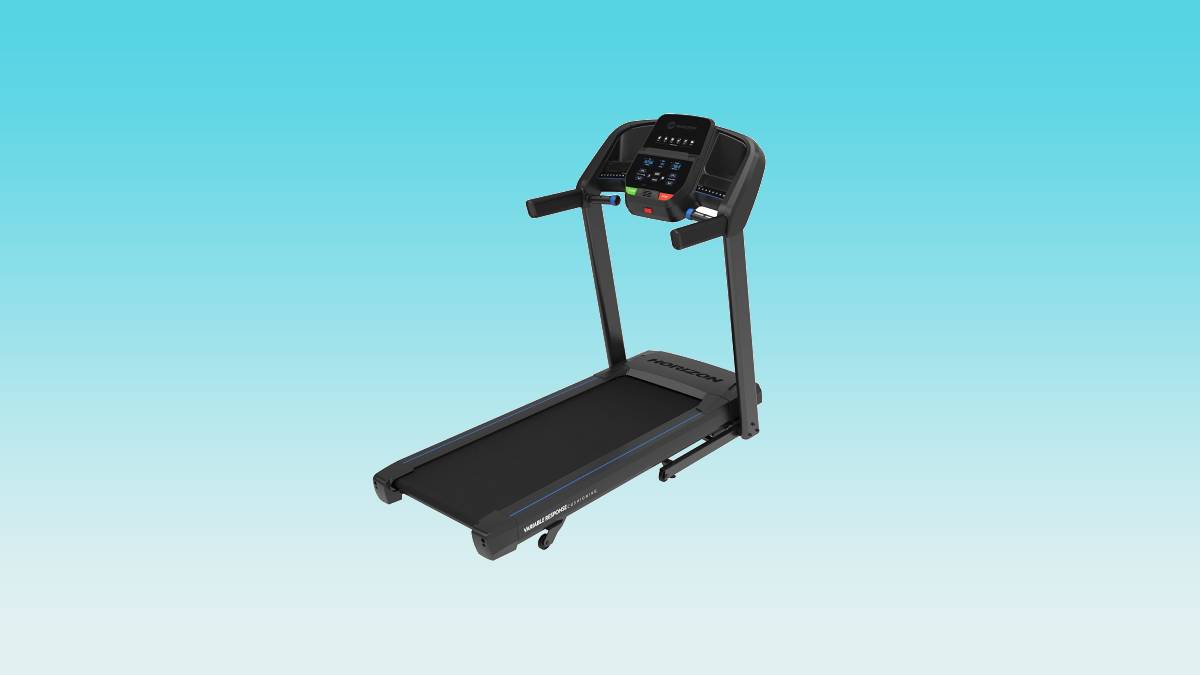
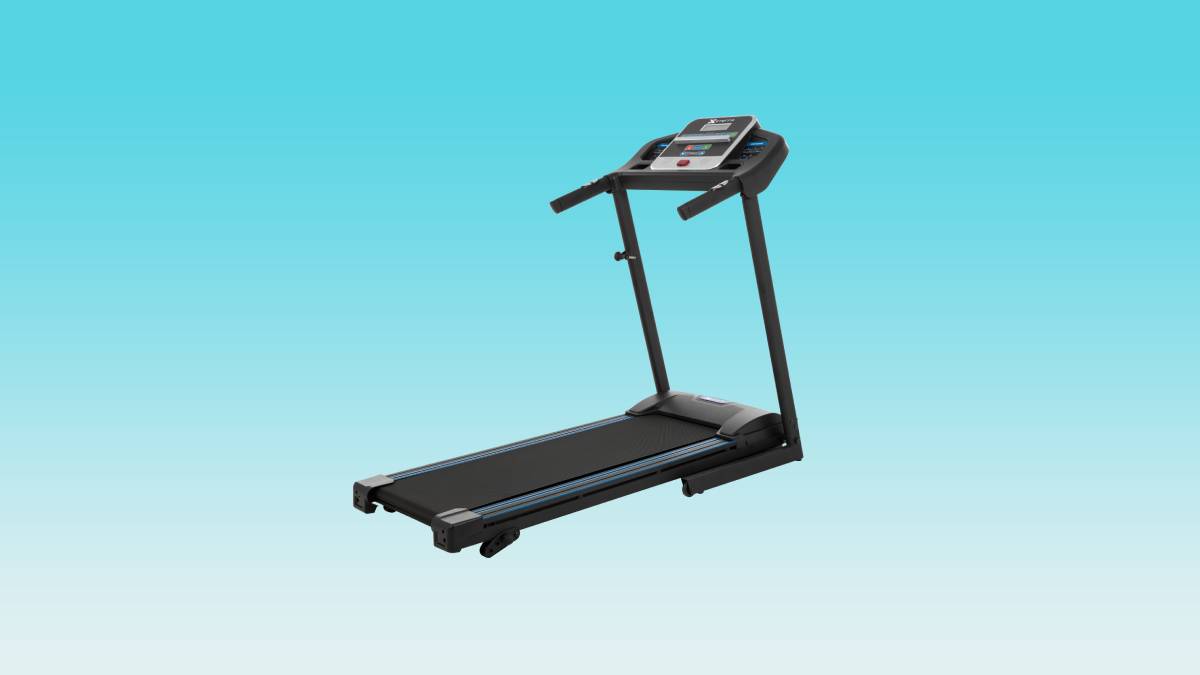
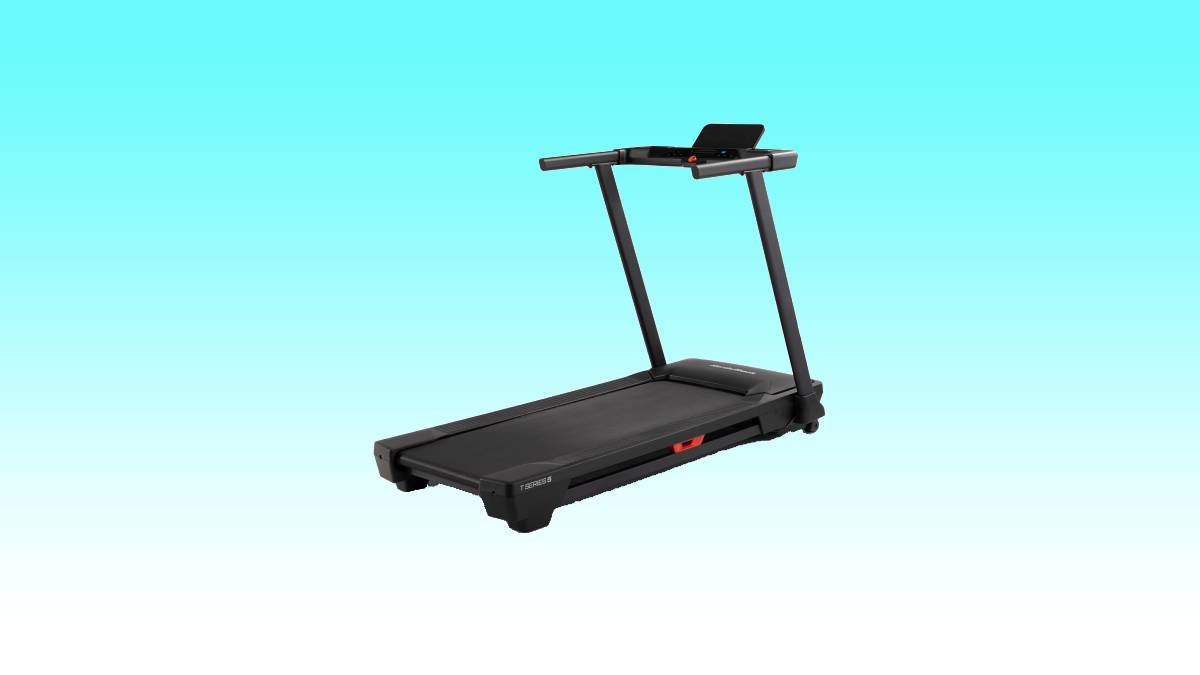
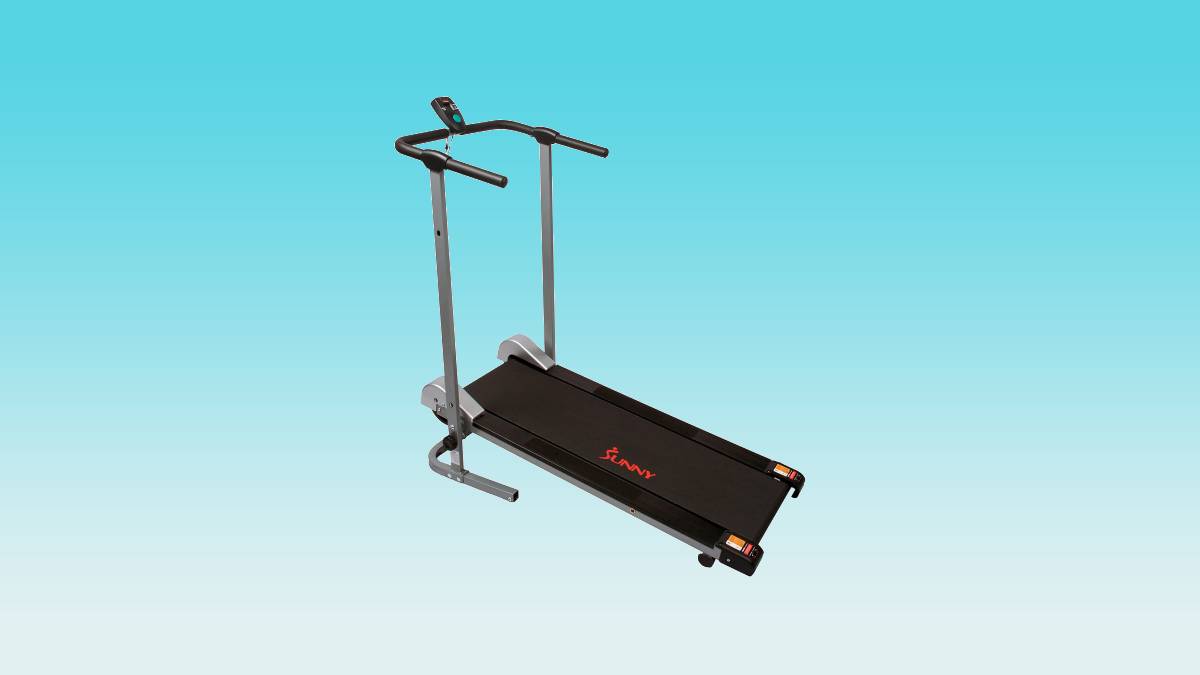
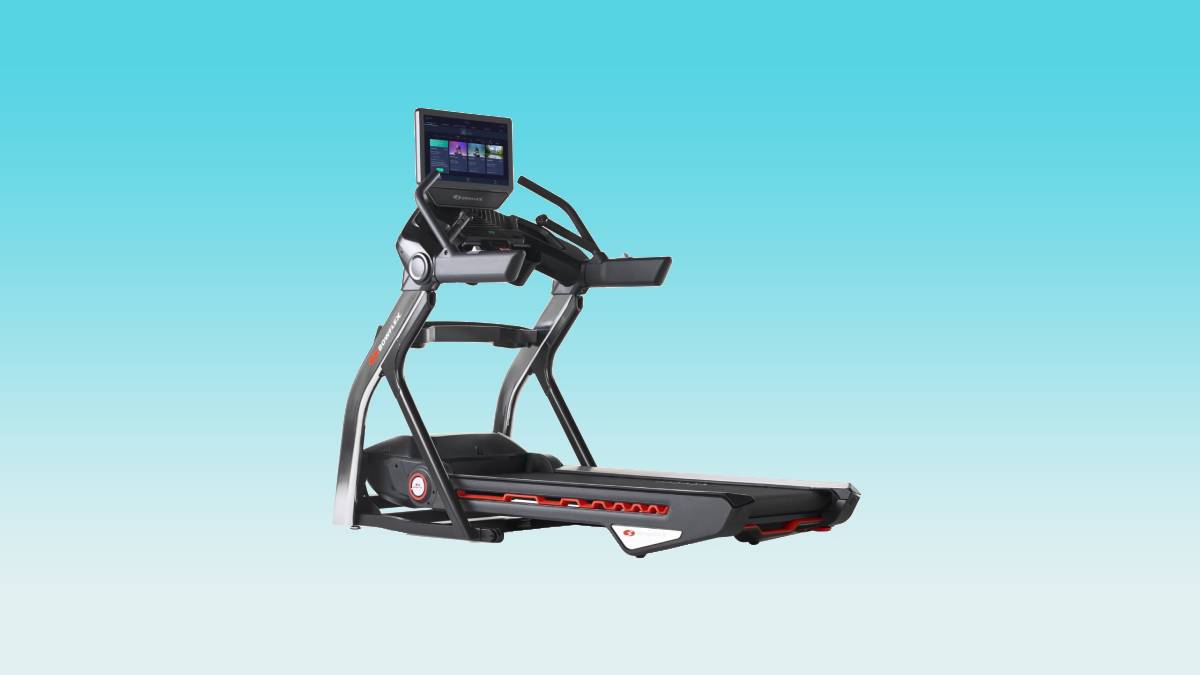
Leave a Reply